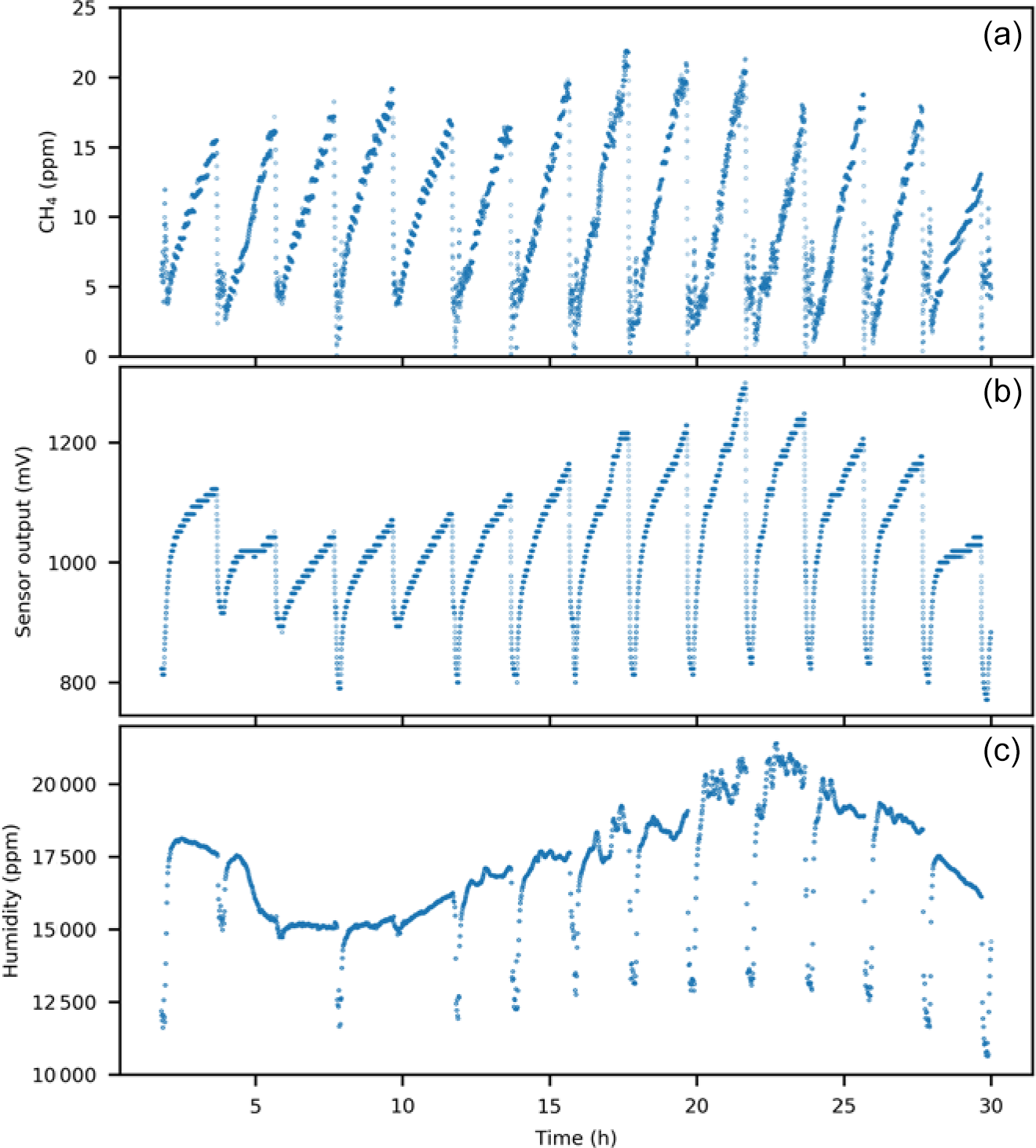

Alberta is currently experiencing a rising number of orphan wells, leaving taxpayers and other industry participants to pay for monitoring and cleanup (Orphan Well Association n.d.). Due to a decline in petroleum prices in 2014, Alberta has experienced a rapidly growing number of suspended wells-between 20, an average of 446 new suspensions and 363 abandonments were performed per month by 2018, there was an average of 622 new suspensions and 380 abandonments performed each month (AER 2019).Ī pressing issue and substantial concern for policy makers is the length of time a well remains in suspended status, because the longer a well stays suspended, the more likely the owner will go out of business and leave the well ‘orphaned’. Research has previously indicated that even a doubling of petroleum prices may result in reactivation of only 7 to 12% of wells, suggesting that corporate decision-making is governed more by avoidance of costs than gaining of benefit (Muehlenbachs 2015, 2017). The Alberta Energy Regulator (AER), which is the provincial body responsible for oversight of the oil and gas industry, allows indefinite suspension in hope that improving economic conditions or extraction technologies will once again make it profitable to produce from the well. Figure 1 provides a geographical overview.Īlthough a suspended well is considered a temporary state of inactivity whilst owners decide to either reactivate or permanently plug (abandon) the well and reclaim the land, there exists no stipulated limit to the length of time a well is permitted to remain suspended (AER, Directive 013). Currently, there are roughly 81,000 petroleum wells in Alberta classified as suspended (Petrinex Alberta Public Data database). Alberta has over 450,000 registered petroleum wells, and 155,000 of them are no longer producing and waiting to either be reactivated for production or permanently plugged and the land reclaimed (Dachis et al. In the Canadian Province of Alberta, where the economy is strongly linked to the energy sector, 70% of methane emissions come from upstream oil and gas activities (AER n.d.). In Canada, 44% of all methane emissions come from oil and gas facilities, predominantly from upstream operations such as exploration, drilling, production and field processing (Environment and Climate Change Canada 2014). Although methane emissions come from a variety of sectors, the energy industry is the most significant contributor. For comparison, the most widely used GWP, i.e., with a time horizon of 100 years, equals 27, hence in the upper range of the ratio we find using the SCM to SCC ratio.Methane (CH4) is a powerful greenhouse gas possessing a 100-year global warming potential roughly 36 times greater than carbon dioxide (IPCC 2014). We also show that the global warming potential (GWP) and the SCM to SCC ratio are almost the same if the inverse of the effective discounting (in the social cost calculations) is equal to the time horizon used to evaluate the GWP. We find this ratio to lie in the range 7–33 in 2020, with a base case estimate of 21, based on an extensive sensitivity analysis with respect to the discount rate, damage cost, and underlying emission scenarios. Furthermore, we evaluate the ratio of SCM to SCC as an alternative metric to GWP-100 of CH4 to facilitate tradeoffs between these two gases. Changes in the parameterization of the damage function have similar relative impacts on both SCM and SCC. We also estimate the social cost of carbon (SCC) and find that SCM estimates are less sensitive to variations in the social discount rate than the SCC due to the relatively short lifetime of methane. We find our base case estimate to be larger than the average SCM presented in other studies mainly due to the revised damage function we use. We estimate the SCM to lie in the range 880–8100 USD/tCH4 in 2020, with a base case estimate of 4000 USD/tCH4. Here, we extend the DICE-2016R2 model so that it includes an improved carbon cycle and energy balance model as well as methane emissions, methane abatement cost, and an atmospheric methane cycle explicitly to be able to provide consistent estimations of the SCM.

The social cost of methane (SCM), which expresses the climate damage cost associated with an additional metric ton of methane emitted, is a metric that can be used to design policies to reduce the emissions of this gas. A rapid and sustained reduction of methane emissions has been proposed recently as a key strategy to meet the climate targets of the Paris Agreement.


 0 kommentar(er)
0 kommentar(er)
